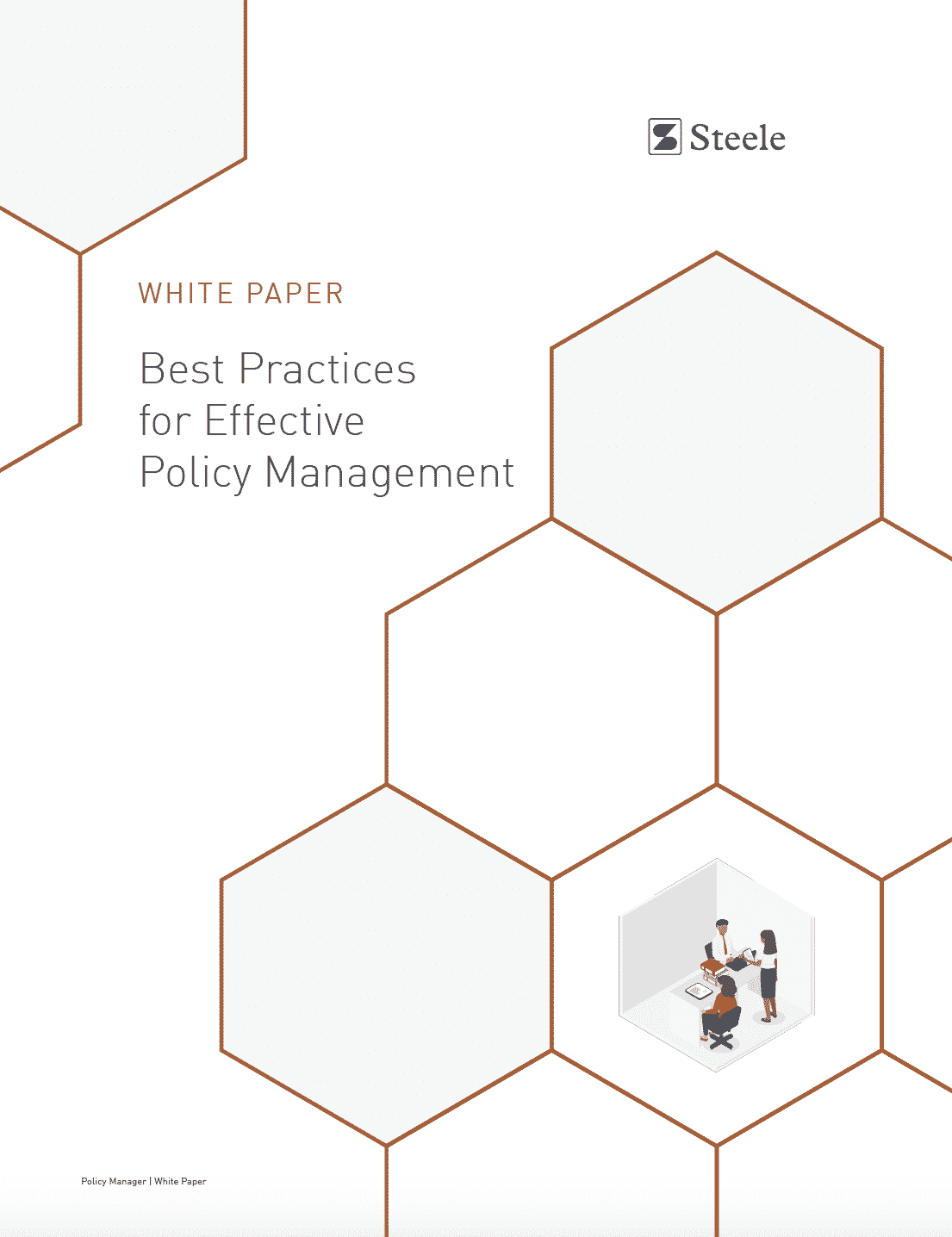For businesses of any appreciable size, China is an economic reality that cannot be avoided. It is the second largest market in the world after the United States. It has an enormous middle class: hundreds of millions of people, larger than almost every other nation on the planet, and getting wealthier all the time. It has an even larger working class, who have become a cornerstone of the global supply chain thanks to their relatively low cost of labor. Most Western companies, then, must engage with China — either selling goods to it, or sourcing goods from it.
The governance, risk, and compliance challenges of that fact cannot be avoided, either. Large companies must worry about anti-corruption statutes such as the Foreign Corrupt Practices Act; or export control laws restricting what products they can sell to China. Those two issues alone impose heavy compliance burdens on U.S. companies, which must be met if a company wants to avoid enforcement risk.
Compliance and enforcement risks aside, companies working in China also have enormous business and operational risks, too. The country routinely ranks at the lower end of the Corruption Perceptions Index. Suppliers might give you substandard products that violate consumer safety laws when sold back home. Vendors might have poor cybersecurity and become a backdoor for hackers to steal your company’s sensitive data. Your procurement department might be duped into sourcing goods from a sweatshop operation, which could harm the company’s reputation.
Regardless of what companies call it or how they structure it — Western companies working in China must have some way to govern the third parties they use there. Some businesses will be large enterprises with formal compliance programs; others might be small companies trying to manage risks via other functions (procurement, audit, legal). The challenge remains, and must be addressed.
What steps can Western companies take in order to manage the third-party vendor risks that stem from their operations in China ? Read our whitepaper “Managing Third-Party Vendors in China” to learn more.
 Back to Insights
Back to Insights




